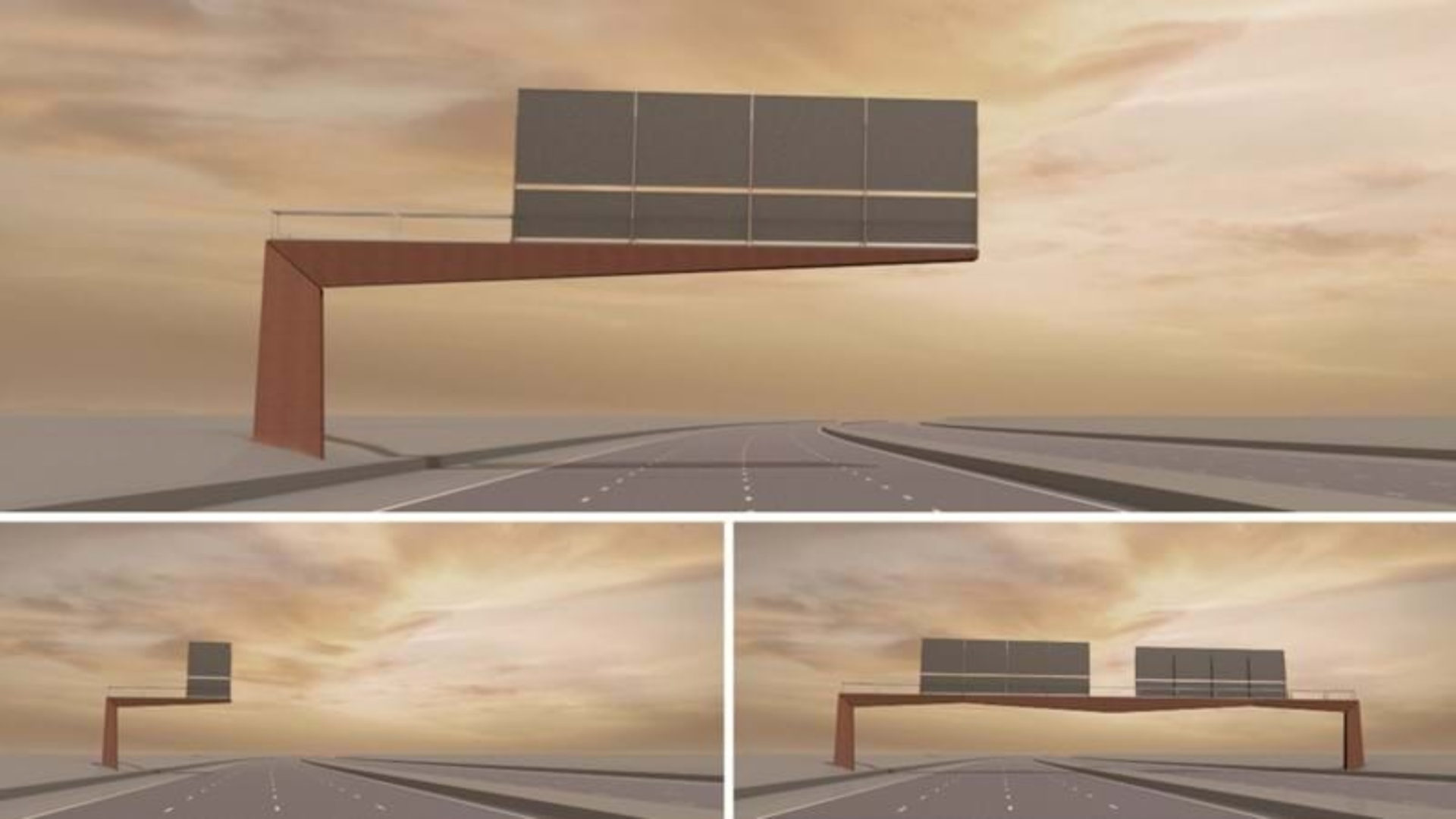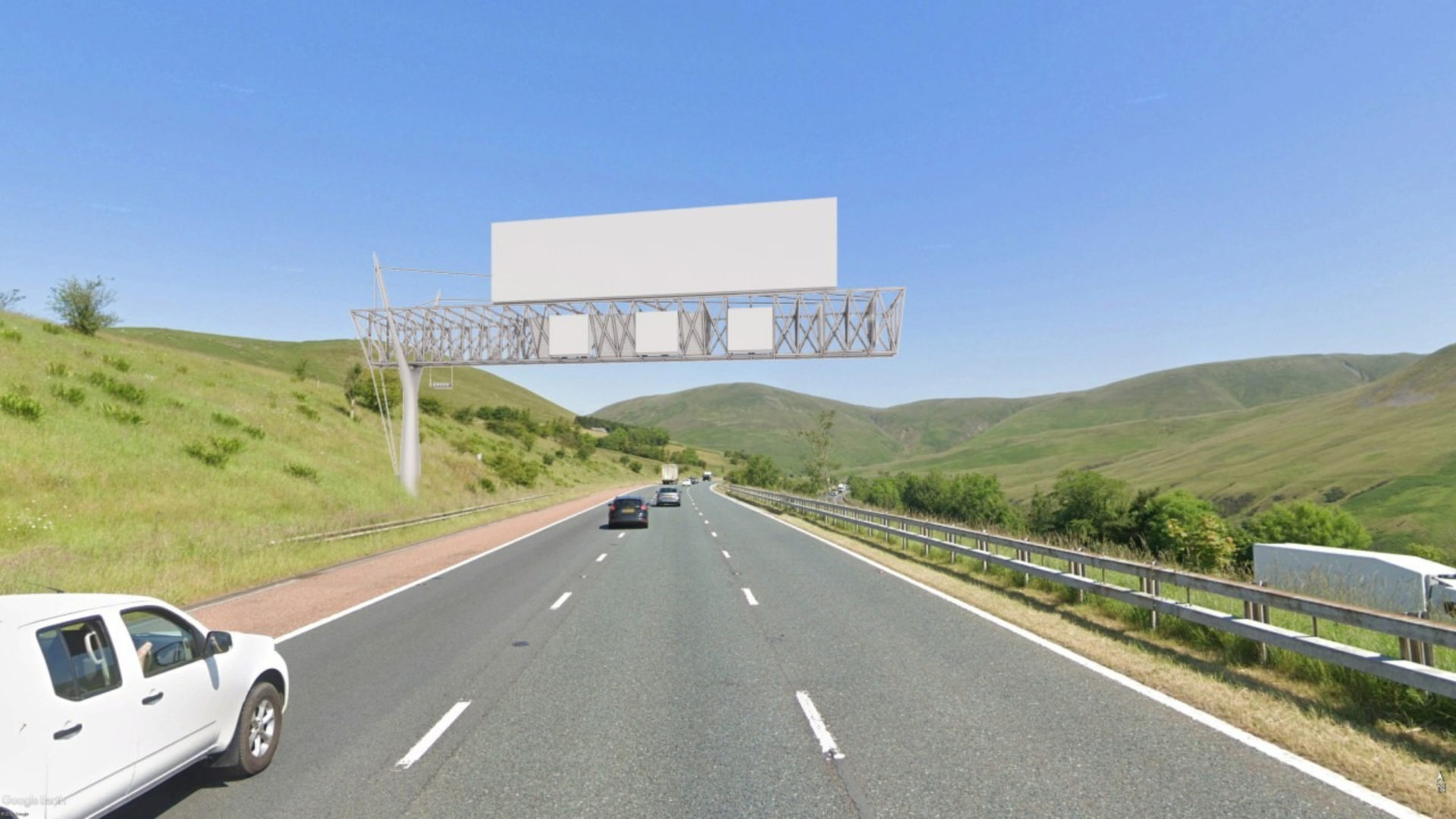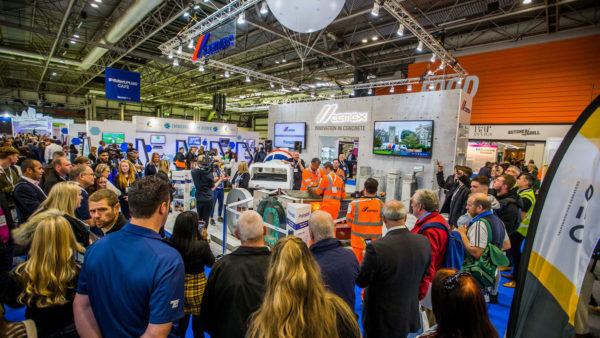
National Highways has announced a reduced carbon footprint gantry as the winner of its gantry design competition.
The winning entry was submitted by Useful Studio, a London-based design practice.
The judges chose the design for “its elegance and simplicity” and its cohesiveness across a range of different structures. They also considered its projected reduced carbon footprint compared to current gantries.
Useful Studio’s entry used less steel than existing designs which results in less embodied carbon. It also used pre-weathered rather than painted steel.
The design followed existing best practices from other highways structures and aged better than painted steel. This can result in lower maintenance requirements and fewer lane closures and delays for drivers.
Gantries are a common feature in England’s motorways and major A-roads and provide essential information to drivers during their journeys.
National Highways currently manages 3,500 gantries in the country.
Greener roads
The gantry competition was organised by National Highways and the Royal Institute of British Architects (RIBA) as part of the former’s ‘good design’ initiative, which places sustainability and climate change at the core of new road design.
It received 32 entries from architectural firms across the UK and Europe.

Other entries featured wood composite and LED panel-based designs. One entrant identified the challenge of removing gantries completely in favour of in-vehicle displays.
RIBA architect adviser, Jonathan McDowell, said: “It is very encouraging that National Highways is actively engaging the design community in helping to improve the design of these ubiquitous but cumbersome parts of the motorway experience – we enjoyed seeing a wide range of creative and elegant proposals that took up the challenge.”
National Highways did not specify when it will replace existing gantries with Useful Studio’s designs.










